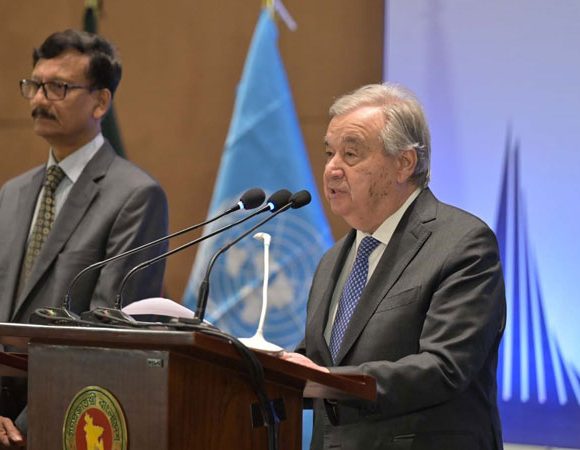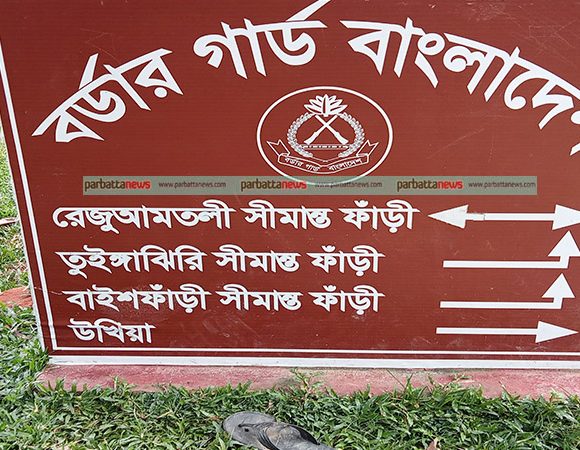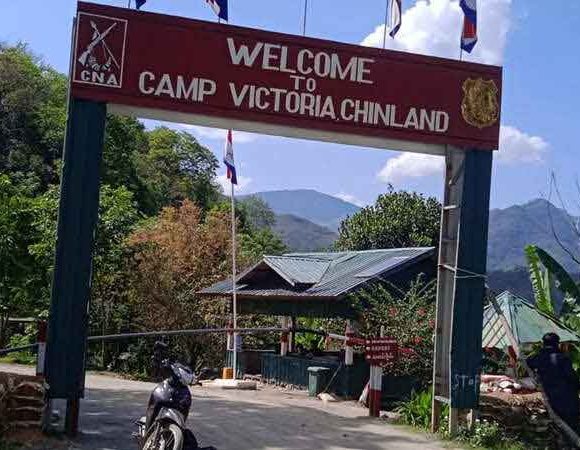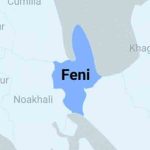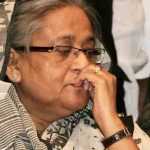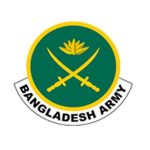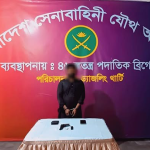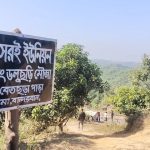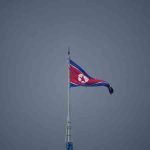Santu Larma in India: Which way is CHT headed?
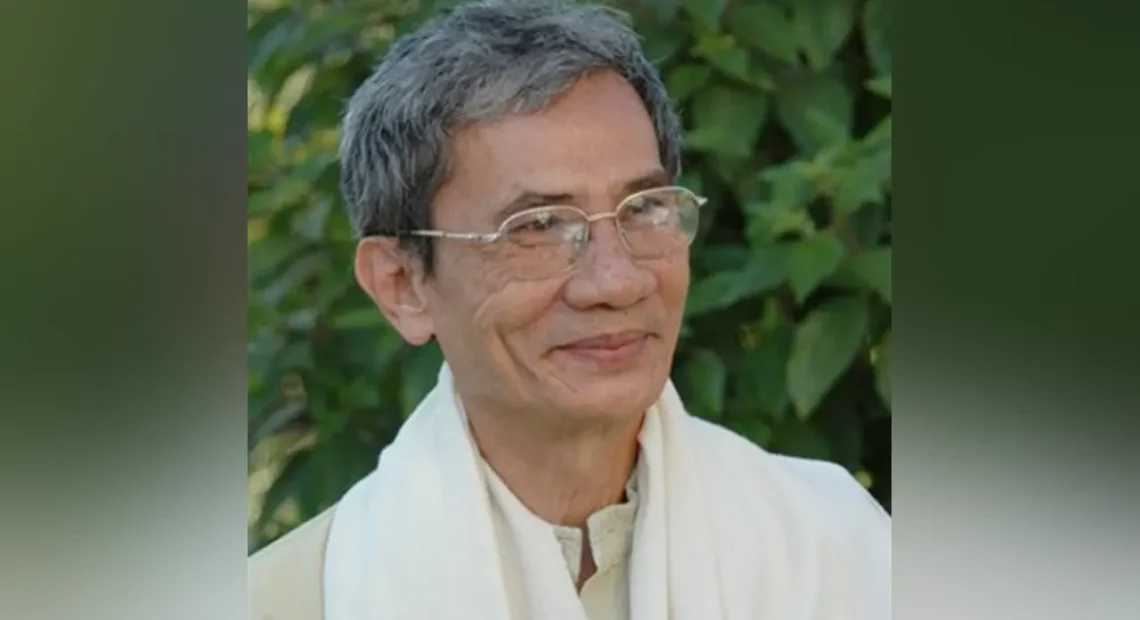
STAFF REPORTER
The recent trip to India by Parbatya Chattagram Jana Samhati Samiti (JSS) leader Santu Larma has sparked renewed concern over the future of Chittagong Hill Tracts (CHT), as tensions grow in the region amid political and geopolitical shifts.
Larma crossed into India’s Tripura state through the Akhaura International Checkpost on May 3, according to official sources. The government has confirmed he is on a 29-day leave for personal and health-related reasons.
However, questions are mounting over the timing and location of his visit. Agartala, where he is staying, is not widely known for advanced medical facilities. Sources say Larma will also take part in family and religious rituals, including ancestral offerings. His daughter Juliana Larma and her husband, former Shantibahini leader Pradeer Talukdar, reside in the area.
This is the first time Larma has used an official checkpost for such a trip. Previously, he reportedly traveled either by air or through unofficial border crossings. The move comes shortly after his granddaughter made serious allegations against Bangladesh and its security forces at the United Nations.
Larma’s visit also coincides with the presence of several rival leaders and commanders in Tripura, including United People’s Democratic Front (UPDF) President Prasit Bikash Khisha and General Secretary Robishankar Chakma — once close allies during their time in the Hill Student Council.
Political observers note that while JSS and UPDF have a long history of conflict — with more than a thousand lives lost in factional clashes — both groups have also reached multiple ceasefires over the years. Recently, they have joined forces under non-partisan banners to organize movements on regional issues.
Concerns are mounting that renewed unrest could erupt in the region, particularly amid changes in Bangladesh’s political landscape and increased activity by foreign powers in South Asia. Analysts warn that any policy-level alignment between hill-based armed groups could destabilize the already fragile region.
At least six armed factions are currently believed to be active in the CHT: UPDF (Prasit), UPDF (Democratic), JSS (Santu), JSS (Reformist), MNP, and the Kuki-Chin National Front (KNF), led by Nathan Bom.
There are longstanding allegations that groups like the UPDF receive arms and training in India’s Tripura and Mizoram states — claims the organization has consistently denied.
Security experts warn that unless Dhaka takes early preventive action, the situation in the hills could rapidly spiral beyond control.

